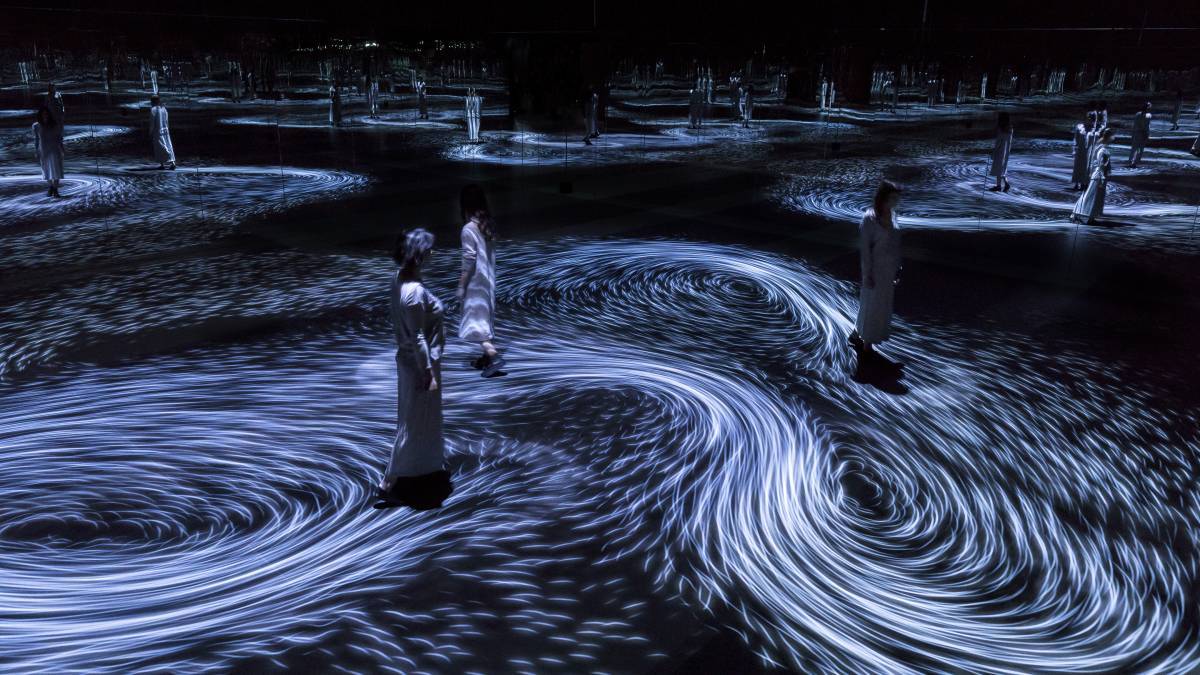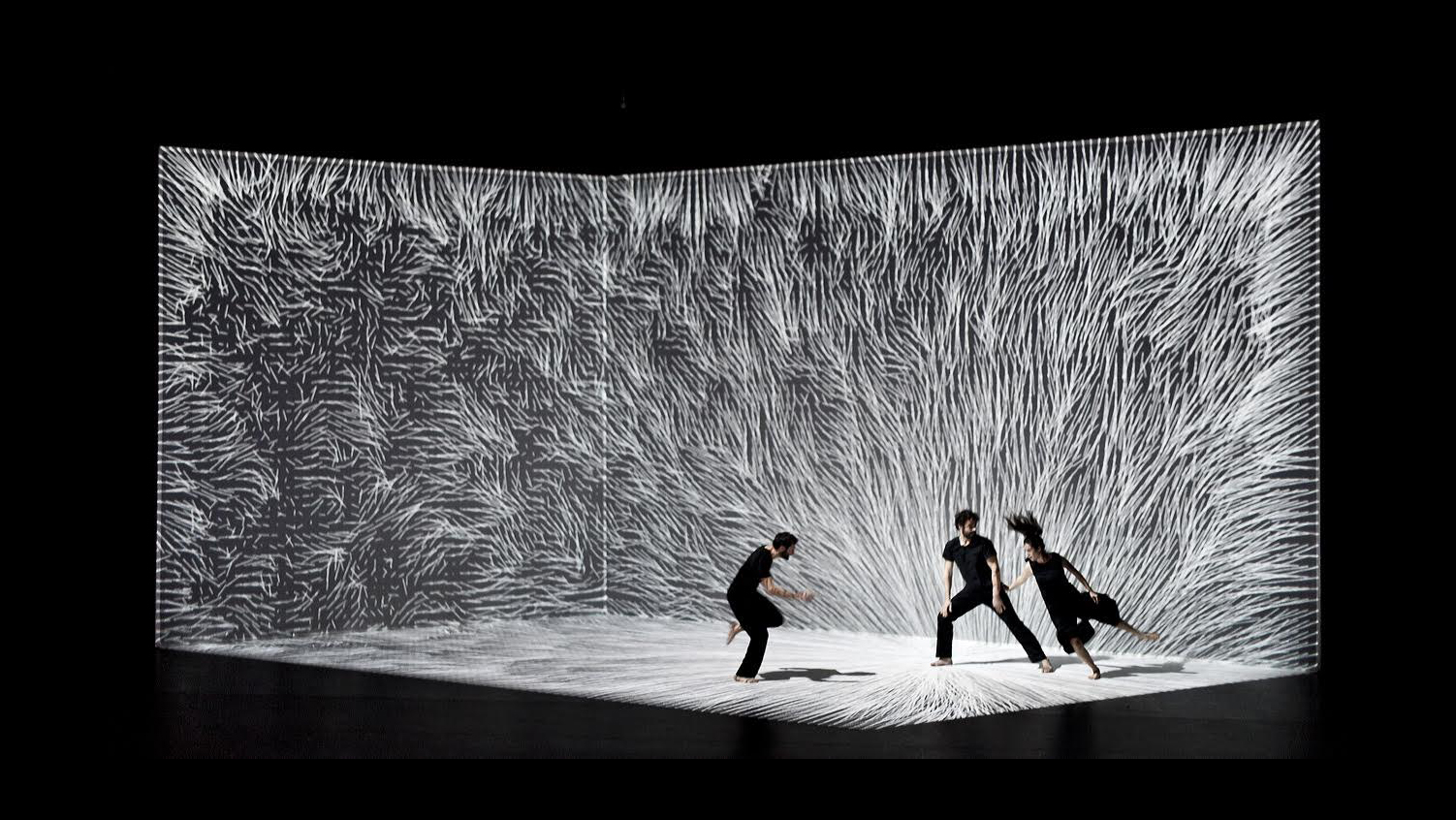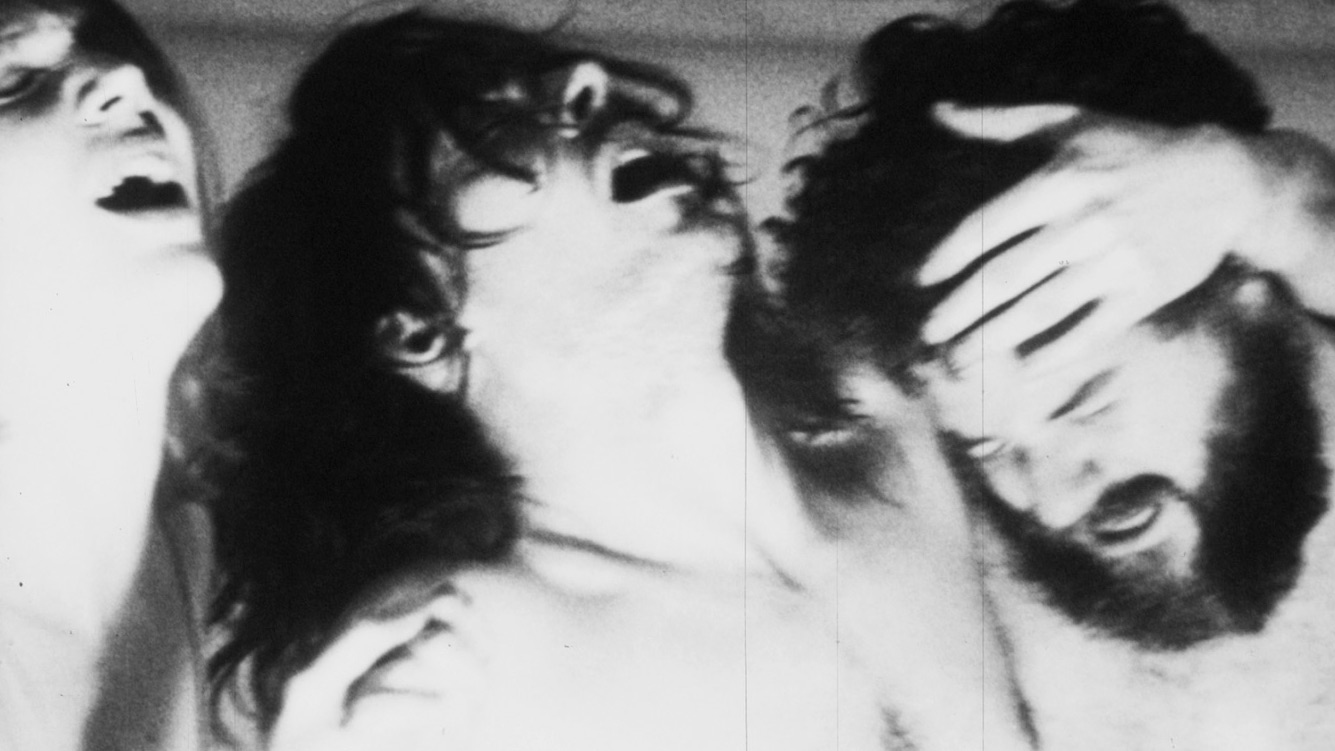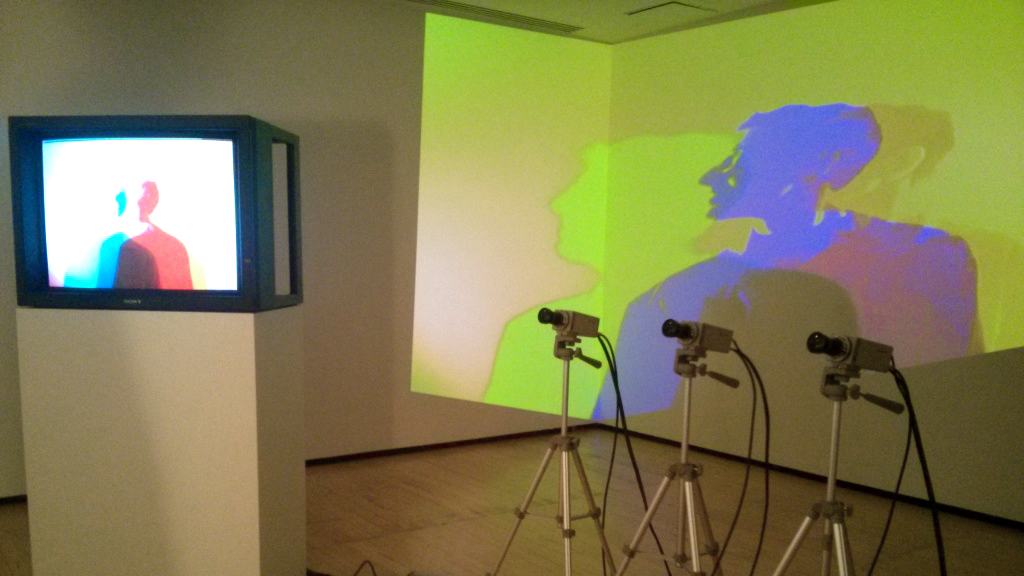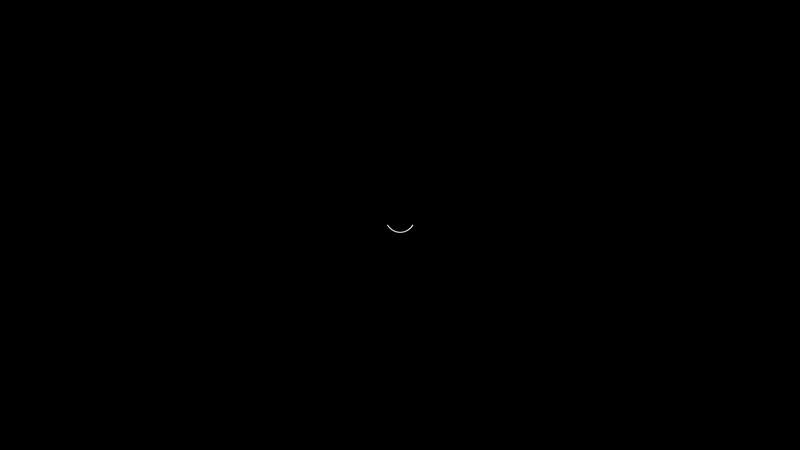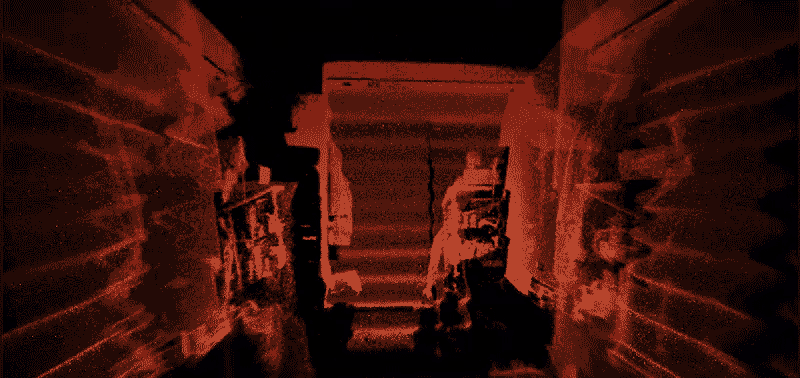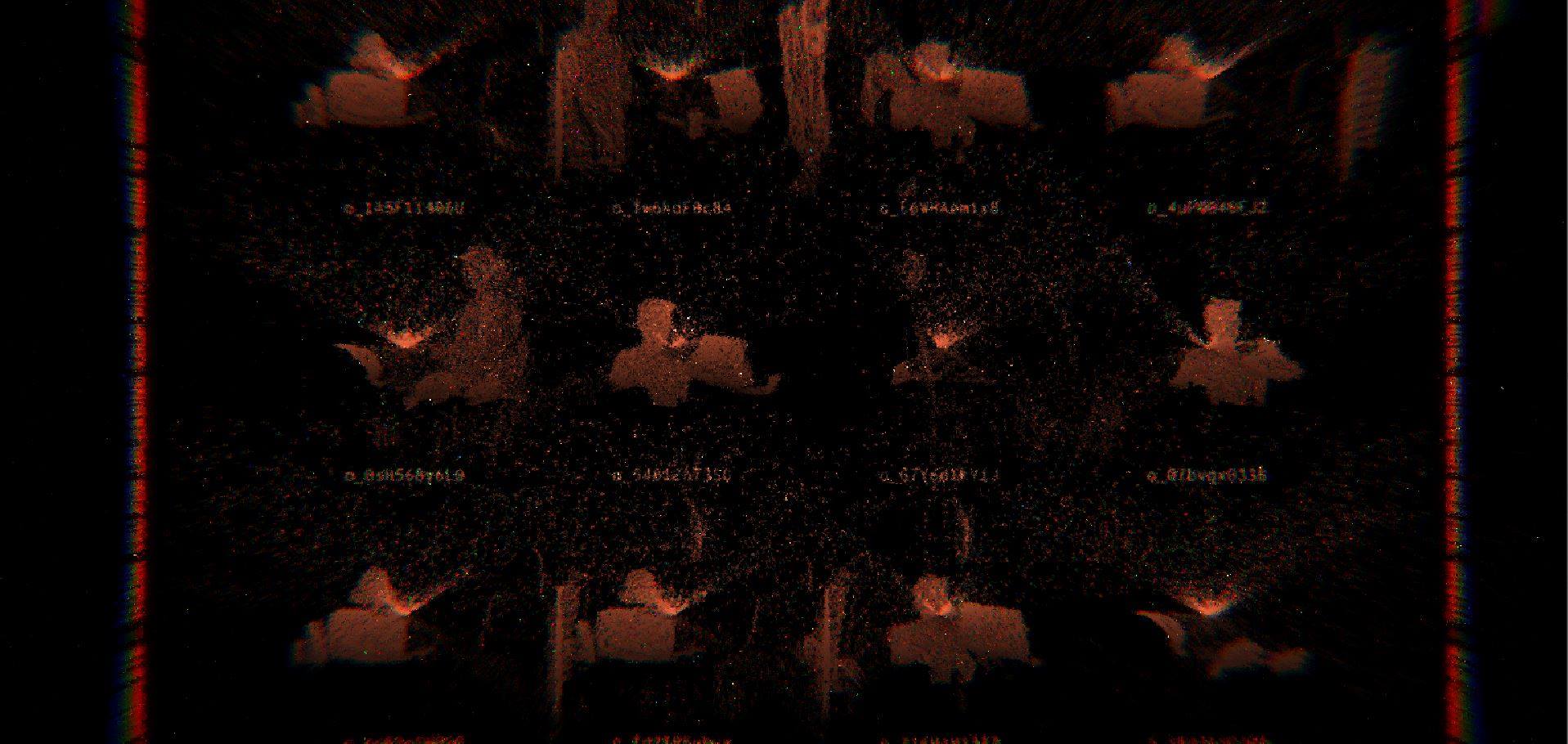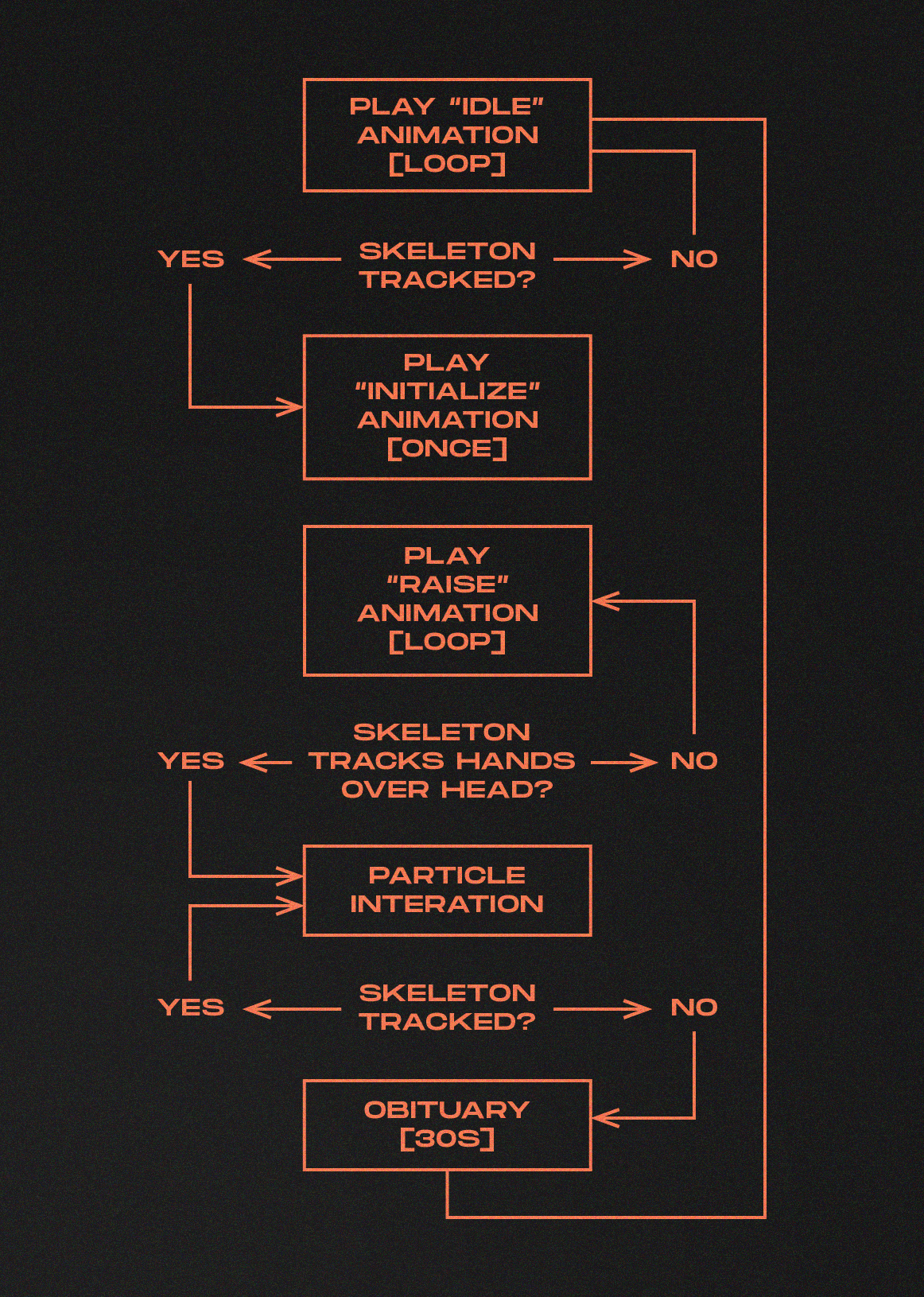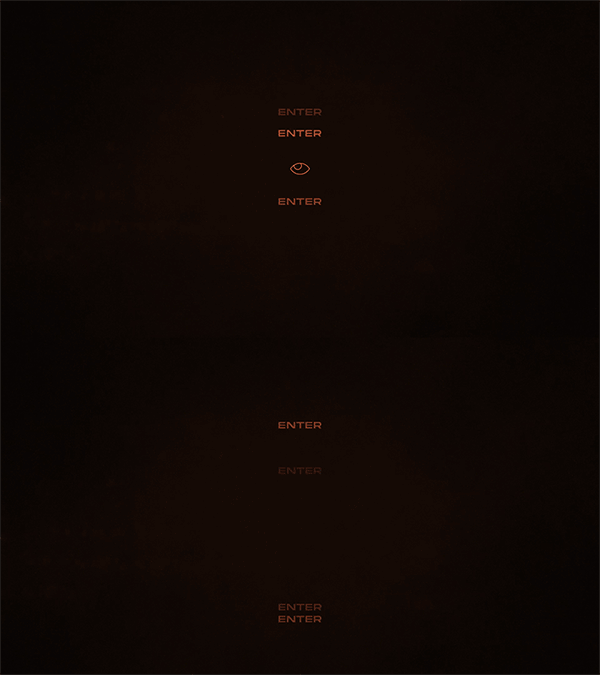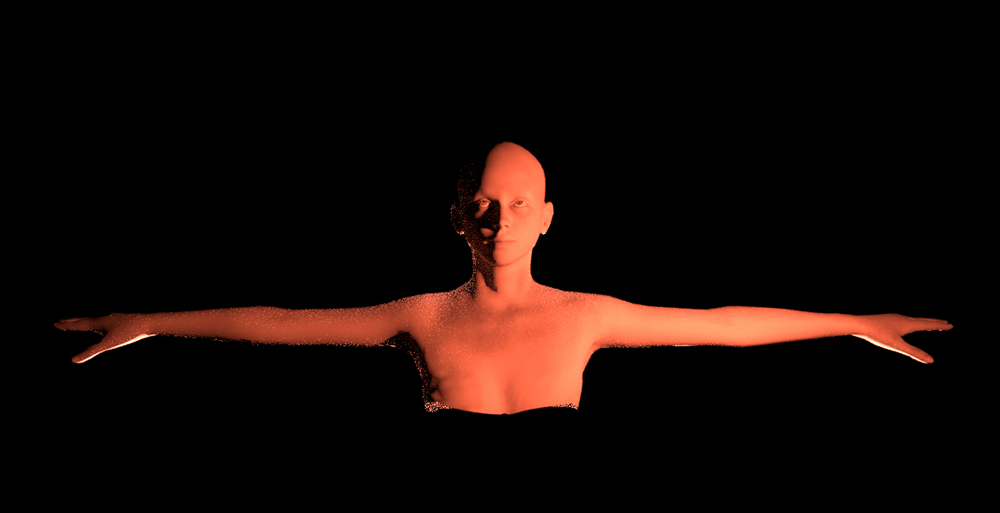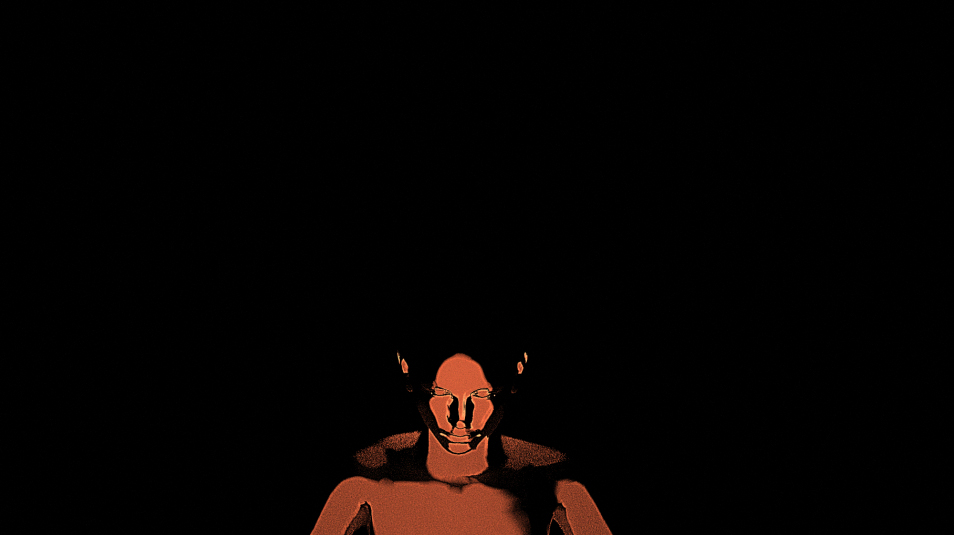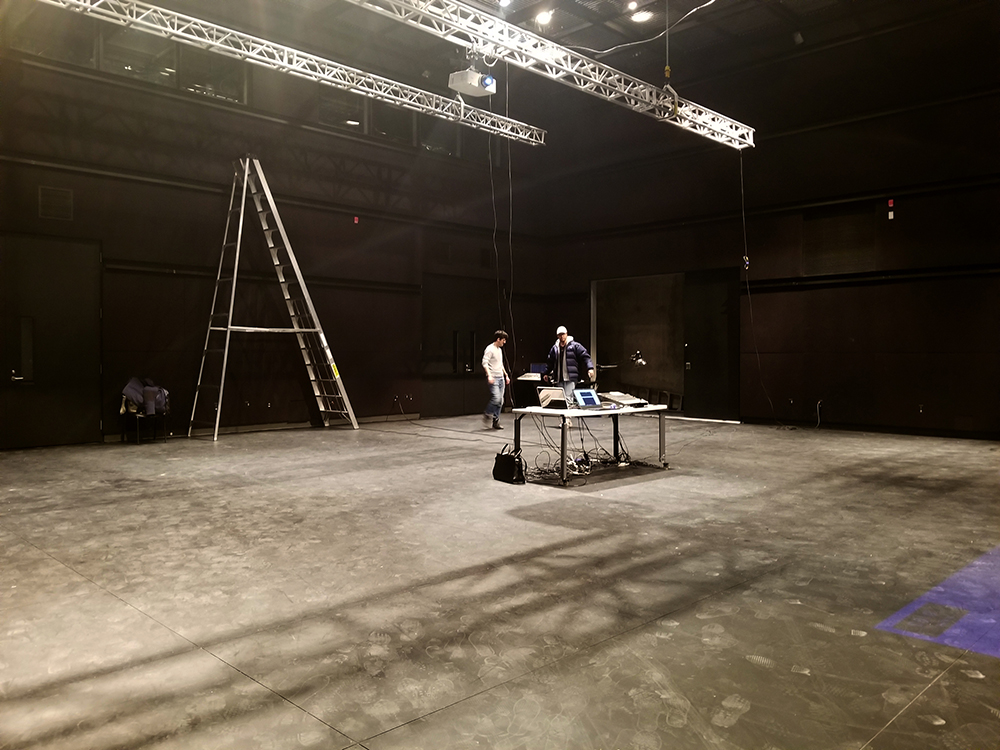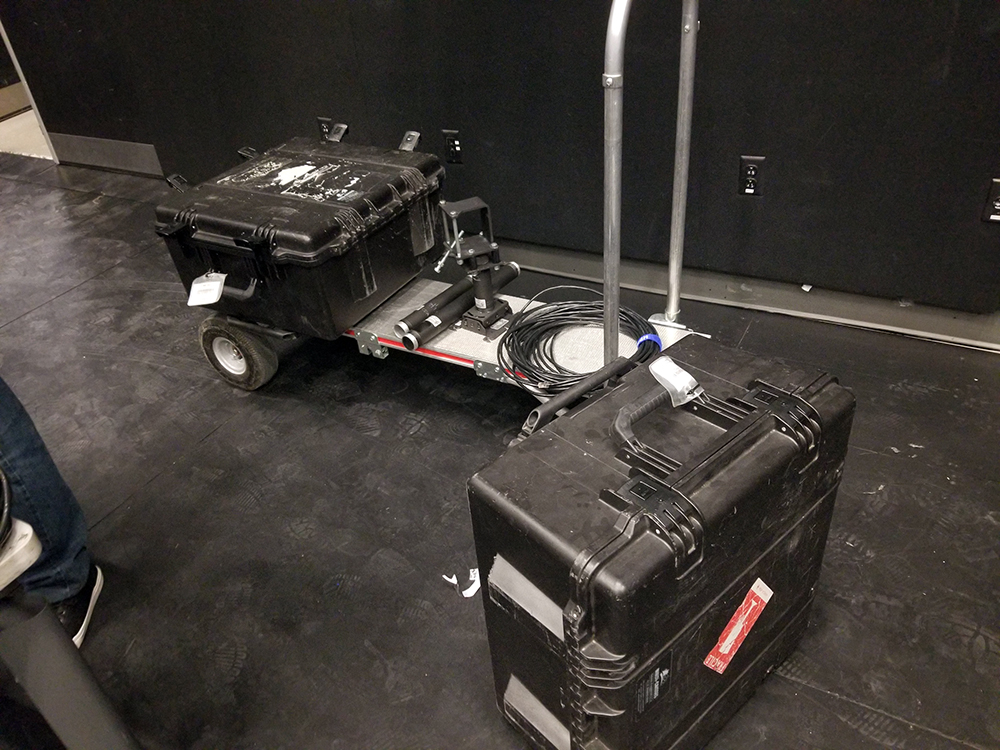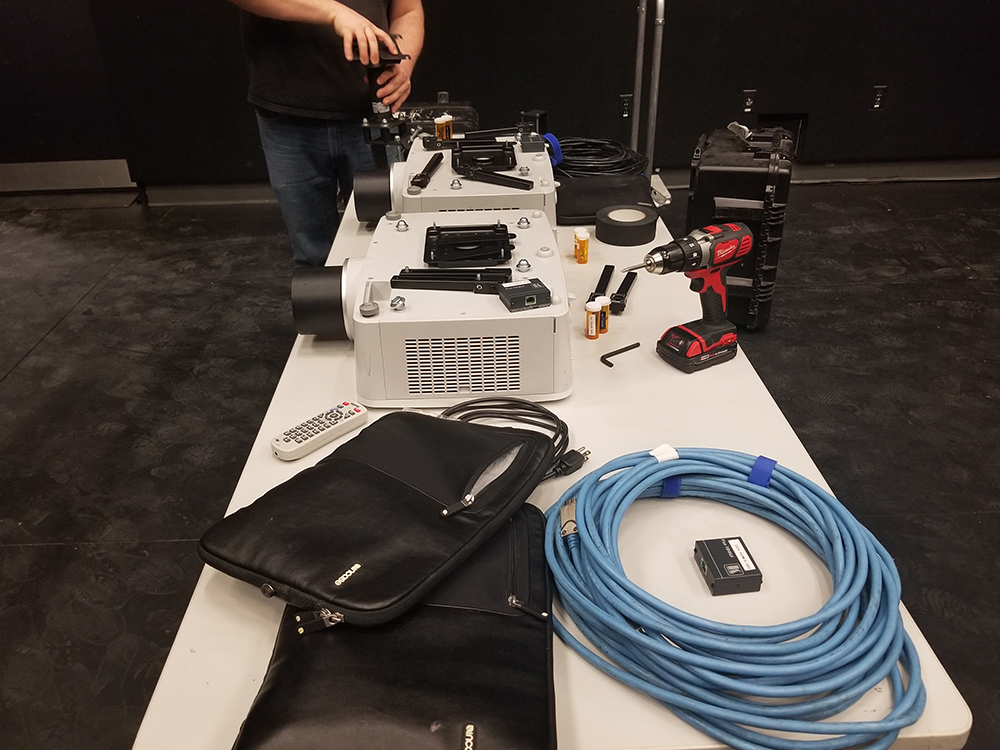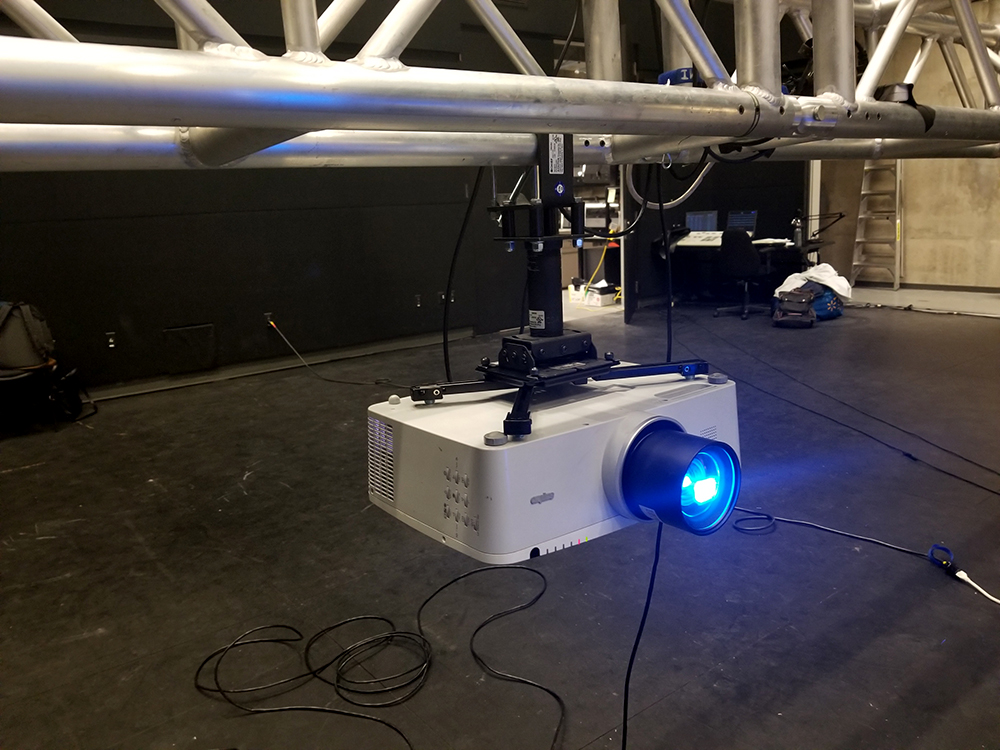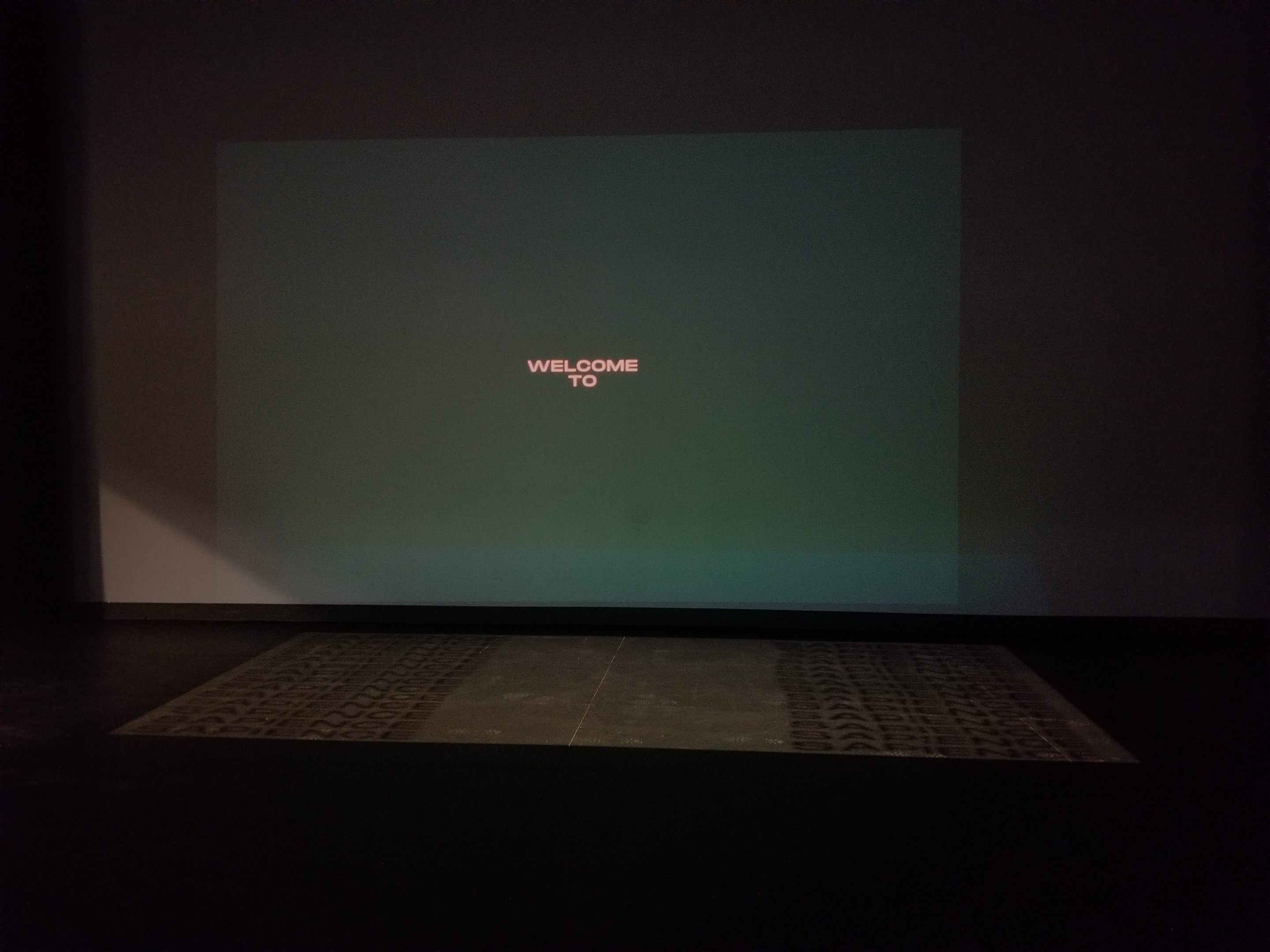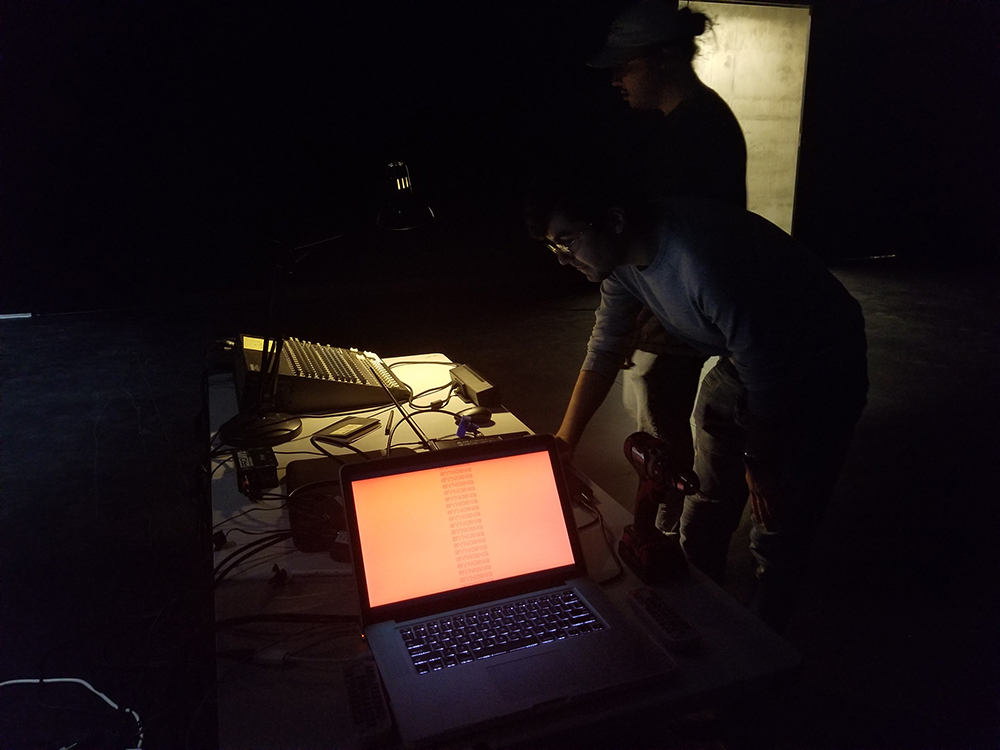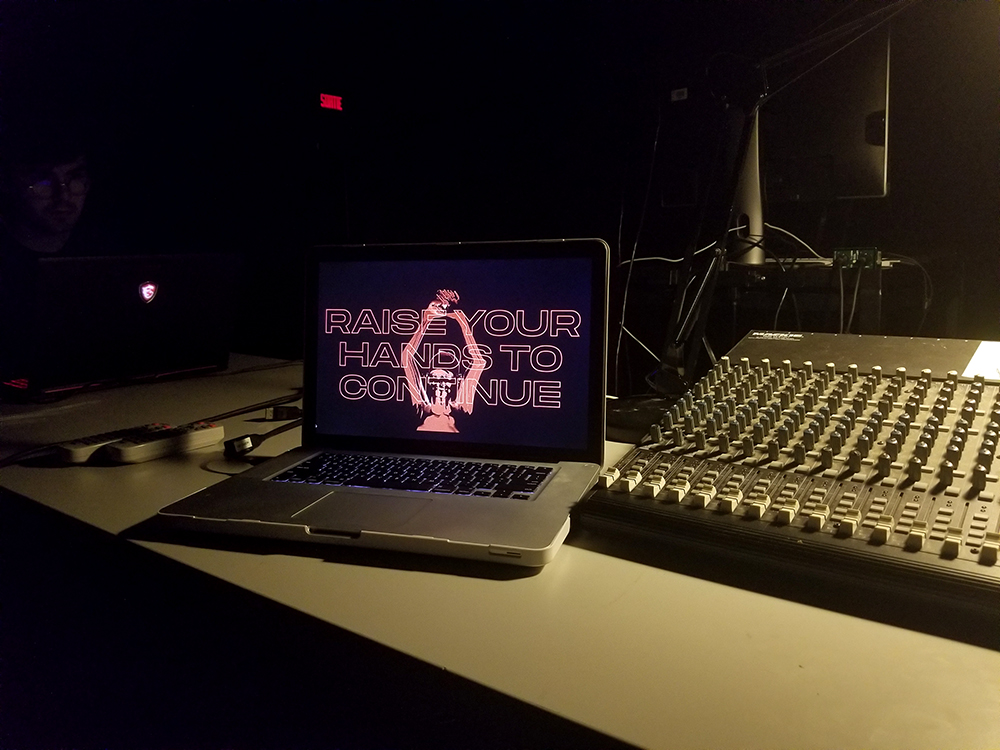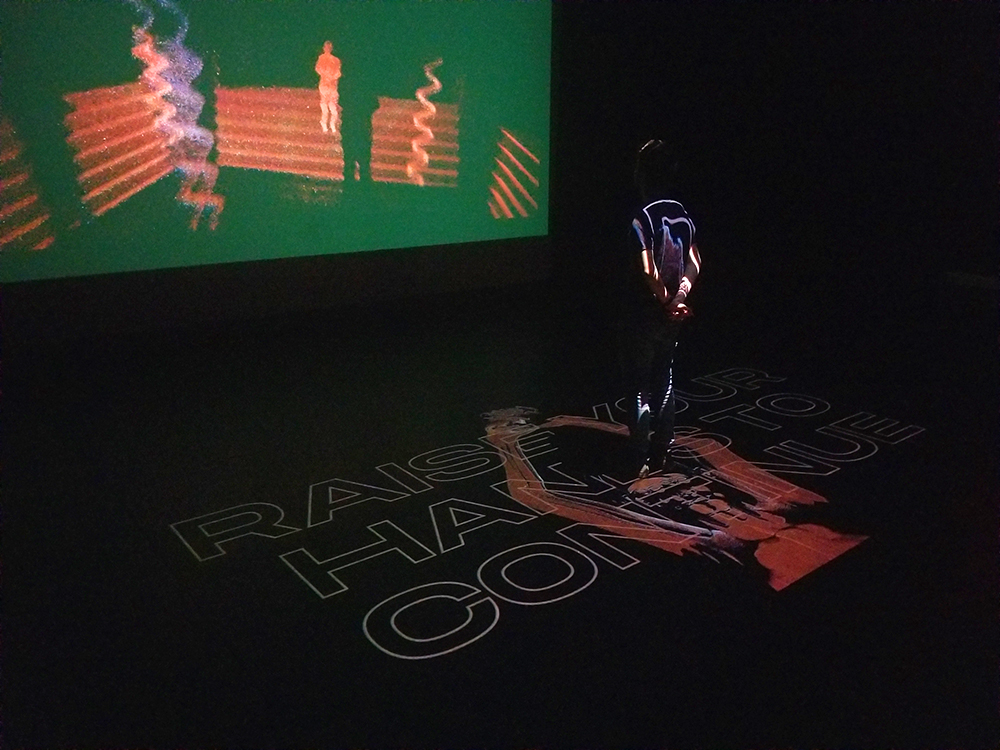

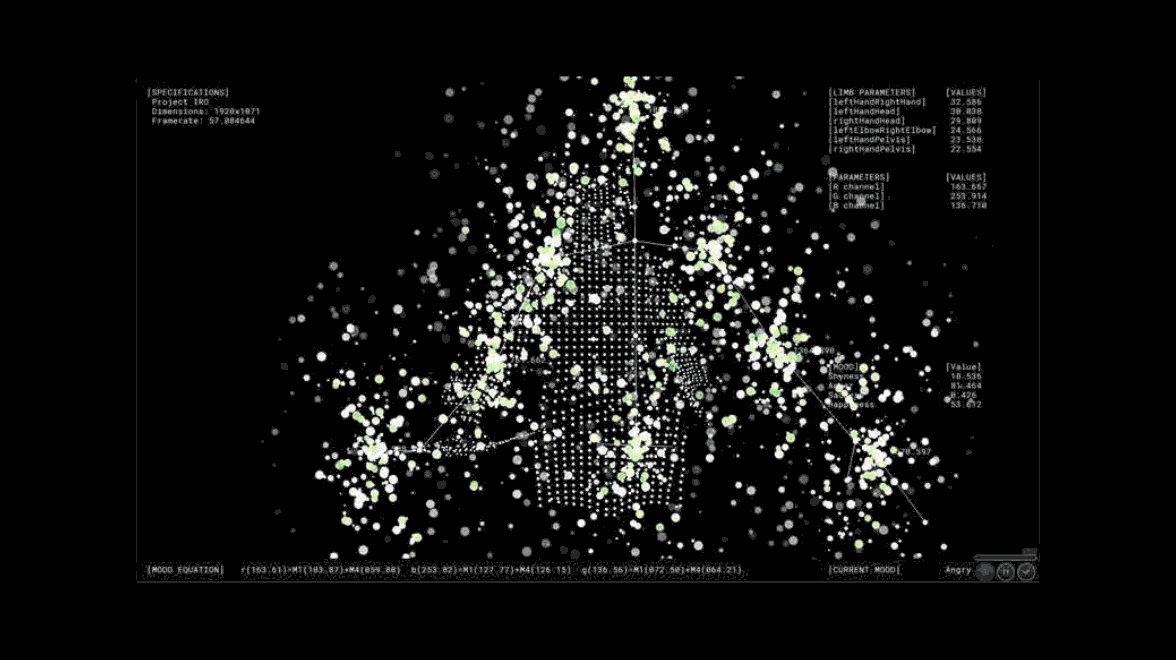
Weeks 1/2
Proposal
Proposal
Obsidian was presented as a large-scale narrative-based projection mapping experience that would envelope a room. We pictured it as an interactive movie with the crowd as participants.
Premise
→ Large scale projection mapping experience
→ Narrative-based
→ Movie with crowd as participants
→ Crowd sensing through Kinect or Leap Motion
→ Experience changes with motion of the crowd and the audio input
Stretch Goals
→ Real-time audio
→ Autonomous VJ’ing through AI
Tech
→ Projectors
→ Good sound system
→ Kinect/or/Leap Motion
→ Blender
→ Unity+Shader code
→ MAX msp (to be determined)
Resources/references
→ instagram.com/back_down_to_mars
→ radiumsoftware.tumblr.com/post/175304870744
→ radiumsoftware.tumblr.com/post/171008805859
→ docs.depthkit.tv/docs
→ www.youtube.com/watch?v=S8j0gwzY4ns
Premise
→ Large scale projection mapping experience
→ Narrative-based
→ Movie with crowd as participants
→ Crowd sensing through Kinect or Leap Motion
→ Experience changes with motion of the crowd and the audio input
Stretch Goals
→ Real-time audio
→ Autonomous VJ’ing through AI
Tech
→ Projectors
→ Good sound system
→ Kinect/or/Leap Motion
→ Blender
→ Unity+Shader code
→ MAX msp (to be determined)
Resources/references
→ instagram.com/back_down_to_mars
→ radiumsoftware.tumblr.com/post/175304870744
→ radiumsoftware.tumblr.com/post/171008805859
→ docs.depthkit.tv/docs
→ www.youtube.com/watch?v=S8j0gwzY4ns
